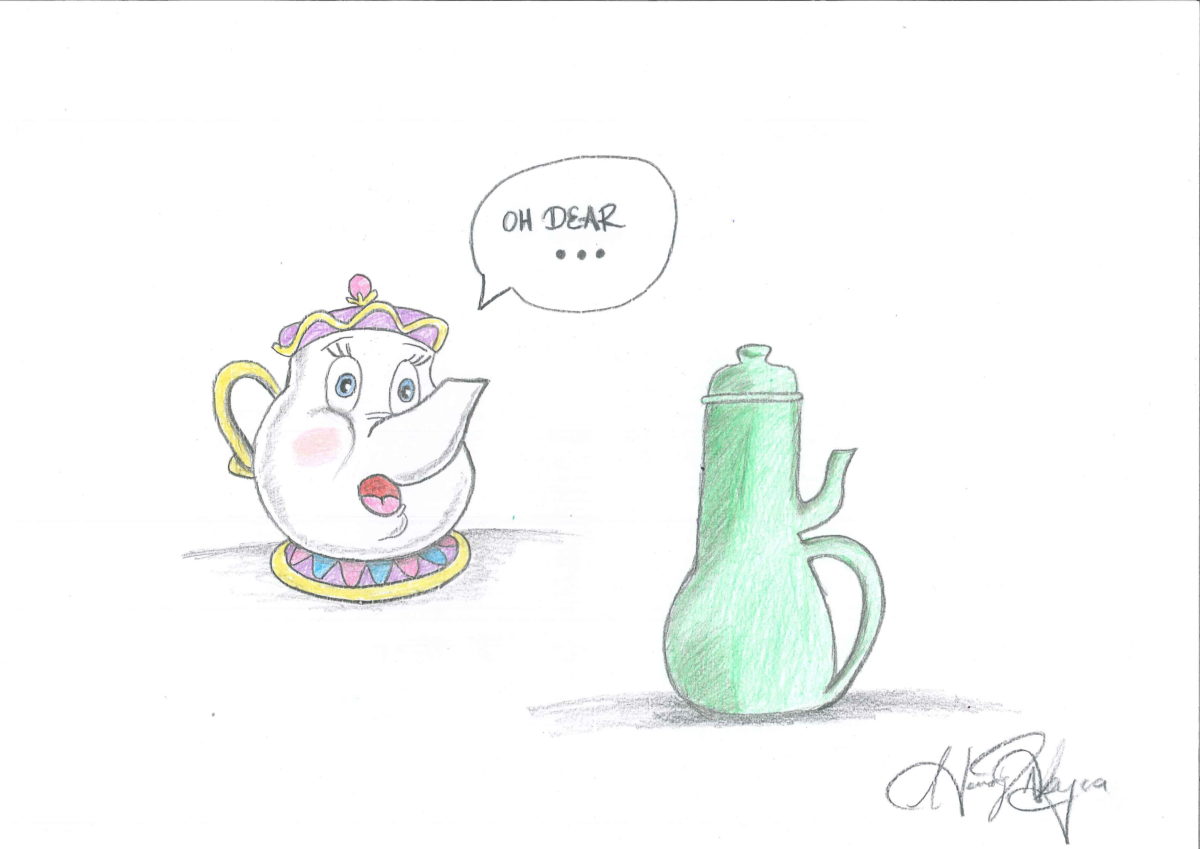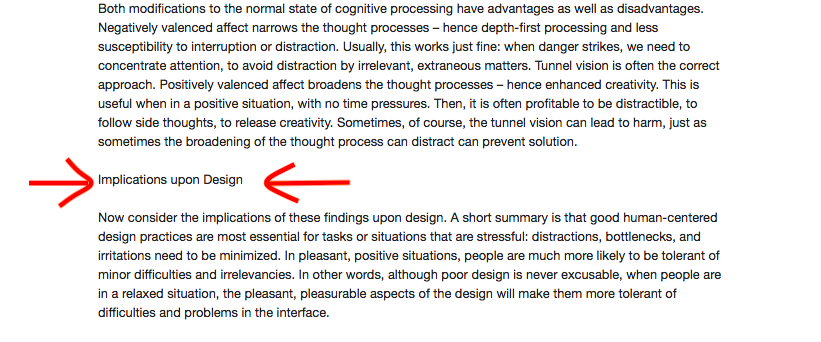I’m going to start off by saying that I really quite liked this piece. Since middle school, I’ve always been an adamant believer in the concept: Attractive Things Work Better. In fact, I’d like to take it one step further by saying: Using beautiful things may even make the user more productive.
Most people believe that in a certain price range, the item with the best technical specifications and the most functions is the one with the best value. The aesthetic design, compatibility (with software and other accessories or products), and other less “tangible” qualities are often overlooked. In my opinion, these less concrete elements play just as important of a role as the tech specs in creating the best possible user experience, contributing significantly to its “value”, though in a less tangible way. As Norman stated in the second last paragraph, “good design means that beauty and usability are in balance”.
Take Apple as an example. Many Apple products such as the MacBook Pro or the iPhone do not have technical components that even come close to rivaling those employed by other products of other brands in the same price range. Yet, there are many (although still a minority) that choose to go with Apple’s products because of their soft qualities (i.e. sleek design, interconnectivity, aka Apple Ecosystem, etc). Throughout the years, Apple has stuck by its core values by putting as much emphasis on design and software as its hardware. Yes, they have been vehemently criticized because of the subpar specs, but they’ve also managed to garner a loyal customer base that appreciate the soft qualities of its products. Seeing how they’re currently still the world’s most profitable company, I’d say it worked out pretty well for Apple.



